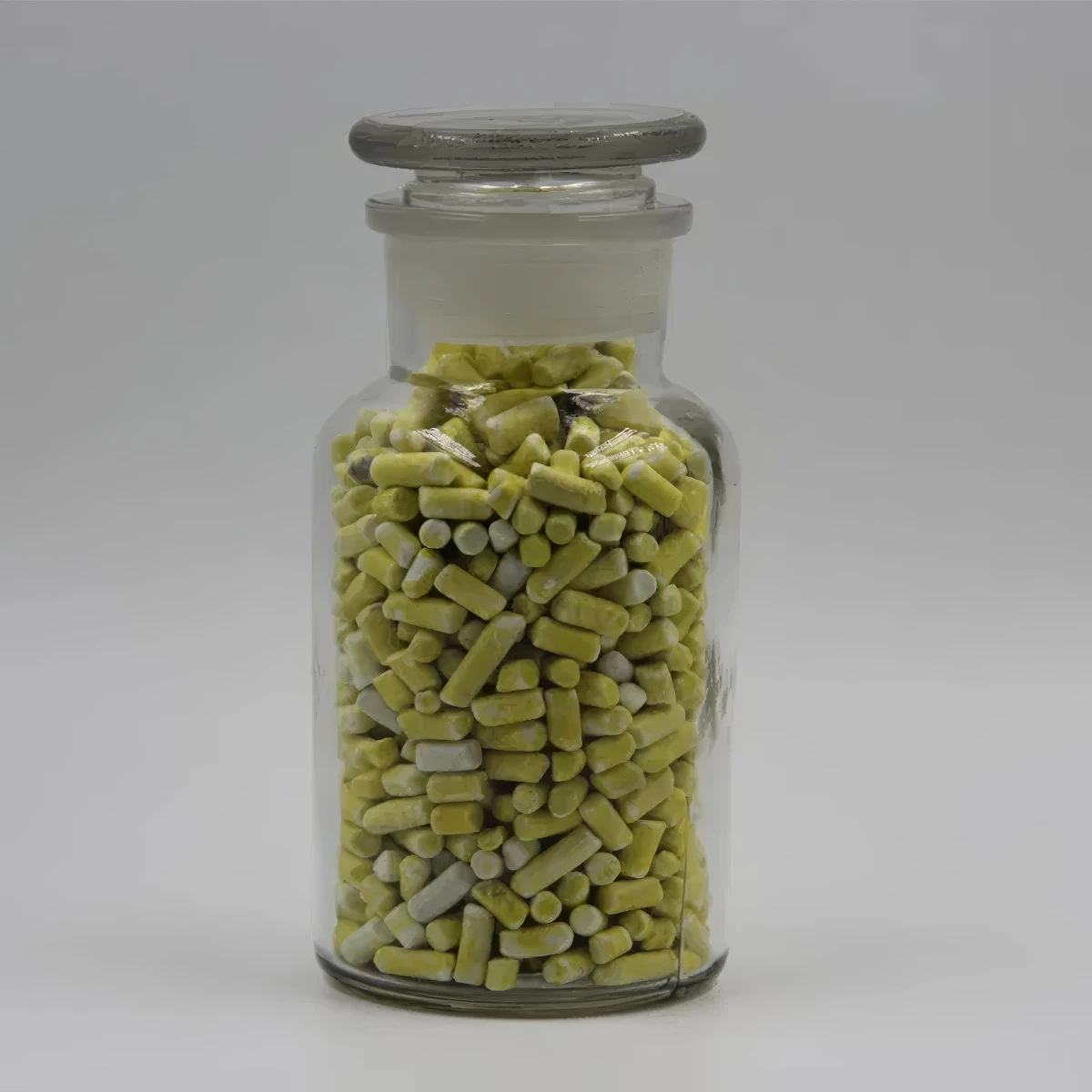



Lead II Nitrate Hazard Communication and Safety Guidelines for Safe Handling
Safety Data Sheet for Lead II Nitrate An Overview
Lead II nitrate (chemical formula Pb(NO3)2) is an inorganic compound that features prominently in various industrial applications, ranging from the manufacturing of lead-based ceramics to the production of some types of explosives. Given its widespread use and the potential hazards it poses, understanding its safety data is crucial for anyone who handles this substance.
Chemical Identification
Lead II nitrate appears as a white, crystalline solid that is hygroscopic, meaning it can absorb moisture from the air. It has a molar mass of approximately 331.2 g/mol, and it is soluble in water, which can prove advantageous in certain applications. However, its solubility is a double-edged sword, as it can lead to environmental contamination if not handled properly.
Hazards Identification
The primary hazards associated with lead II nitrate stem from its lead content, which is toxic to both humans and the environment. Exposure to lead can occur via inhalation, ingestion, or skin contact. The following are the key health risks
1. Acute Effects Short-term exposure to lead II nitrate can result in symptoms such as headaches, dizziness, and gastrointestinal discomfort. In severe cases, it may lead to more serious neurological effects.
2. Chronic Effects Long-term exposure is significantly more hazardous. It can cause lead poisoning, characterized by symptoms such as anemia, increased blood pressure, kidney dysfunction, and cognitive impairments. Children are particularly vulnerable, as lead exposure can lead to developmental issues.
3. Environmental Impact Lead compounds, including lead II nitrate, can contaminate soil and water, posing a risk to wildlife and plants. Their persistence in the environment can lead to bioaccumulation, causing long-term ecological damage.
First-Aid Measures
Immediate action is critical in the event of exposure to lead II nitrate. The following first-aid measures should be taken
- Inhalation If inhaled, move the individual to fresh air immediately. If breathing is difficult or symptoms persist, seek medical attention. - Skin Contact Remove contaminated clothing and wash the skin thoroughly with soap and water. Seek medical assistance if any irritation occurs.
lead ii nitrate safety data sheet

- Eye Contact Rinse the eyes with plenty of water for at least 15 minutes and seek medical help immediately
.- Ingestion Do not induce vomiting. Instead, seek professional medical assistance right away.
Handling and Storage
Proper handling and storage of lead II nitrate are essential to mitigate risks. Here are some guidelines
- Personal Protective Equipment (PPE) Always wear appropriate PPE, including gloves, goggles, and respirators, when handling lead II nitrate to minimize exposure.
- Storage Conditions Store lead II nitrate in a cool, dry place away from incompatible substances, such as strong acids and organic materials. Containers should be clearly labeled, and access should be restricted to authorized personnel only.
Disposal Considerations
Disposing of lead II nitrate requires adherence to local regulations and guidelines concerning hazardous waste. It should never be disposed of down the drain or in regular trash. Instead, contact your local waste management authority for specific disposal instructions.
Regulatory Information
Lead II nitrate is classified as a hazardous substance under various regulations, including the OSHA and EPA guidelines. Manufacturers and handlers must comply with the relevant safety laws to ensure workplace safety and environmental protection.
Conclusion
Lead II nitrate is a valuable compound with significant industrial utility, but it poses serious health and environmental risks if not handled properly. Understanding its safety data, identifying potential hazards, and following appropriate safety measures can effectively reduce the risks associated with this compound. Awareness, training, and adherence to safety protocols are essential for all individuals who may come into contact with lead II nitrate in any context. By prioritizing safety, we can leverage the benefits of this chemical while protecting ourselves, our communities, and the environment from its harmful effects.
-
Why Sodium Persulfate Is Everywhere NowNewsJul.07,2025
-
Why Polyacrylamide Is in High DemandNewsJul.07,2025
-
Understanding Paint Chemicals and Their ApplicationsNewsJul.07,2025
-
Smart Use Of Mining ChemicalsNewsJul.07,2025
-
Practical Uses of Potassium MonopersulfateNewsJul.07,2025
-
Agrochemicals In Real FarmingNewsJul.07,2025
-
Sodium Chlorite Hot UsesNewsJul.01,2025










